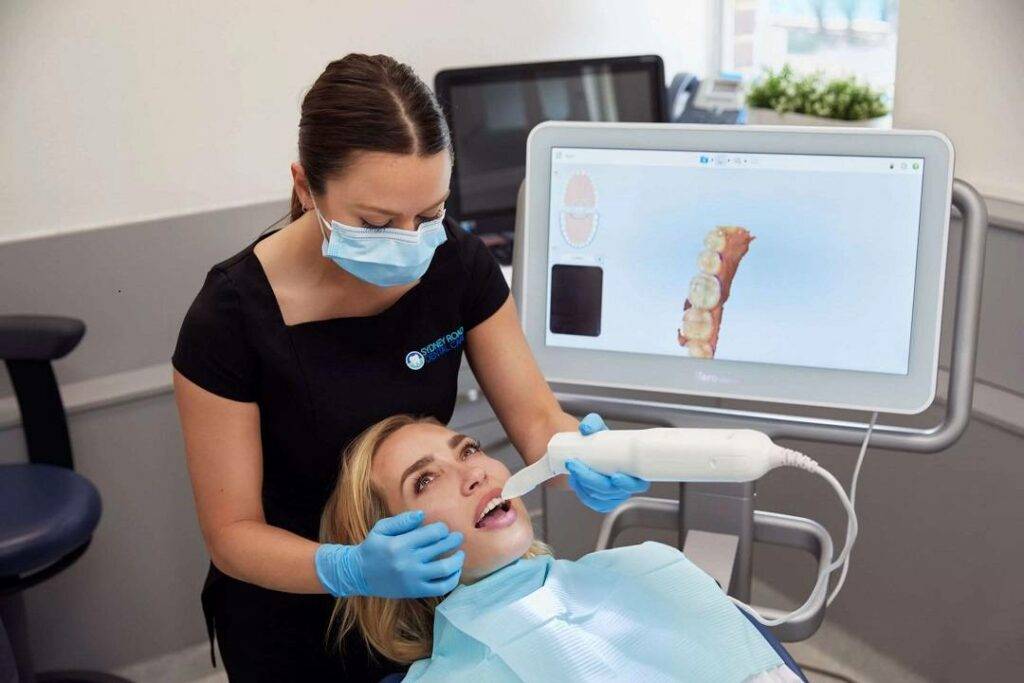3D printing has revolutionized many industries, and orthodontics is no exception. The advent of this technology has brought significant advancements in the design and manufacturing of custom orthodontic appliances, enhancing both patient outcomes and clinical efficiency.
This blog explores the transformative role of 3D printing in orthodontics, highlighting its benefits, applications, and impact on the field.
3D printing, also known as additive manufacturing, allows for the creation of three-dimensional objects from digital models. In orthodontics, this technology is employed to produce precise and customized appliances, such as clear aligners, retainers, and other dental devices.
The process involves building up material layer by layer to create highly accurate models and appliances that are tailored to the individual needs of each patient.
One of the primary benefits of 3D printing in orthodontics is the ability to create custom-fit appliances with unparalleled precision. Traditional methods of appliance fabrication often involve manual adjustments and can be prone to errors.
In contrast, 3D printing uses digital impressions and computer-aided design (CAD) to generate models that are exact replicas of a patient’s teeth and oral structures. This precision ensures a better fit, greater comfort, and improved effectiveness of the appliances.
The efficiency and speed of 3D printing are also notable advantages. The traditional process of creating orthodontic appliances can be time-consuming, involving multiple stages of manual work and adjustments.
With 3D printing, the entire process—from digital scanning to final production—can be completed more quickly. This accelerated workflow reduces the turnaround time for creating appliances, allowing for faster treatment initiation and adjustments.
3D printing offers a high degree of flexibility in appliance design. Orthodontists can easily modify digital models to adjust for specific treatment needs or patient preferences.
Whether it’s designing a new retainer or adjusting the fit of clear aligners, 3D printing allows for rapid prototyping and customization. This adaptability enhances the ability to address unique cases and make necessary adjustments without significant delays.
The technology also enables the production of a wide range of orthodontic appliances. Clear aligners, for instance, benefit from 3D printing by allowing for the creation of precise and comfortable trays that fit snugly over the teeth.
Similarly, retainers and other custom devices can be manufactured with exact specifications to ensure optimal performance and patient satisfaction.
Cost-effectiveness is another significant advantage of 3D printing in orthodontics. Although the initial investment in 3D printing technology can be substantial, the long-term savings can be considerable.
The efficiency of the process reduces labor costs, and the ability to produce appliances in-house eliminates the need for outsourcing to external laboratories. This can lead to reduced overall costs and increased profitability for orthodontic practices.
Additionally, 3D printing contributes to enhanced patient engagement and education. With digital models and visualizations, patients can better understand their treatment plans and see a preview of the expected outcomes. This visualization can help in setting realistic expectations and improving patient compliance with treatment protocols.
While 3D printing presents numerous benefits, it also requires careful consideration of its limitations and challenges. The technology demands significant investment in equipment and software, and ongoing maintenance and calibration are essential to ensure optimal performance.
Additionally, while 3D printing can create highly accurate appliances, it is important for orthodontists to stay updated on the latest advancements and best practices to fully leverage the technology’s potential.
In conclusion, 3D printing has become a game-changer in the field of orthodontics, offering precise, efficient, and customizable solutions for a variety of dental appliances.
By integrating 3D printing technology into their practices, orthodontists can enhance patient care, streamline workflows, and achieve better treatment outcomes.
As the technology continues to advance, its role in orthodontics is likely to expand, offering even more innovative solutions for improving patient satisfaction and clinical efficiency.


